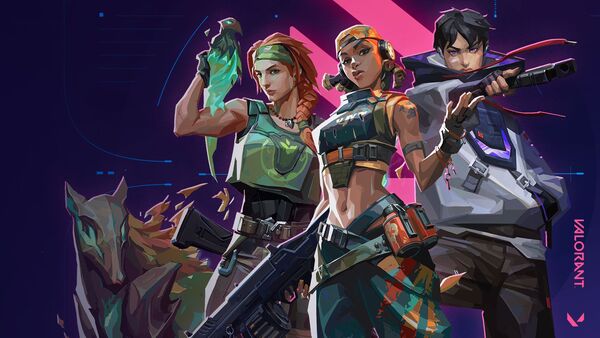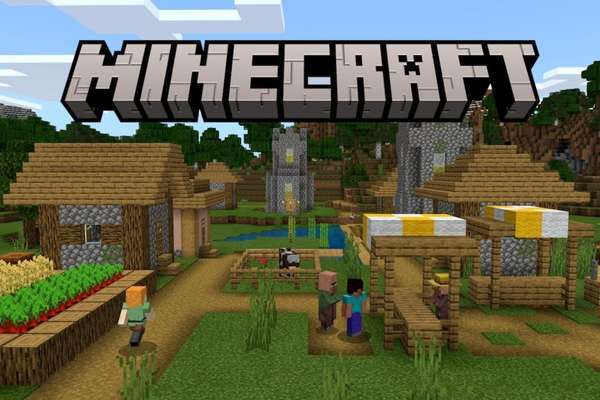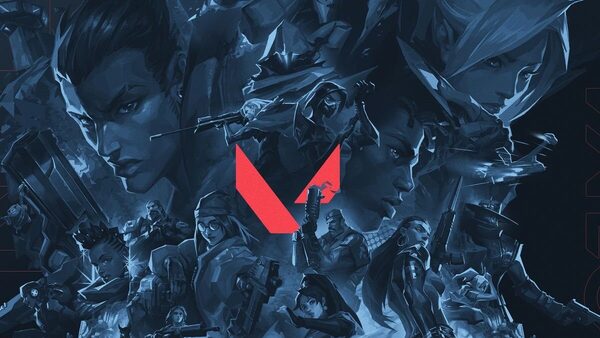Advertisement
Popular Now
Valorant, Riot Games' tactical first-person shooter, has quickly become a staple in the competitive gaming scene since its launch in 2020. While its mix of character-based gameplay and traditional shooting mechanics has attracted a diverse player base, one of the most pressing issues the game faces is the balancing of its agents. This article delves deeply into the challenges of agent balance in Valorant, exploring the community's reactions, the impact on gameplay, and the strategies employed by Riot Games to address these issues.


 With the new balance changes, duelists like Jett and Reyna gained significant popularity. Their ability to frag and make impactful plays made them essential picks in many team compositions. This shift sparked debates about the balance of damage dealers versus support agents, further complicating the balancing process.
With the new balance changes, duelists like Jett and Reyna gained significant popularity. Their ability to frag and make impactful plays made them essential picks in many team compositions. This shift sparked debates about the balance of damage dealers versus support agents, further complicating the balancing process.

Understanding Agent Balance: The Core of Gameplay
Agent balance in Valorant is crucial for maintaining competitive integrity. Each agent possesses unique abilities that can significantly influence a match's outcome. If certain agents are too powerful or underpowered, it can lead to an unbalanced gameplay experience, frustrating players and diminishing the game's appeal.The Role of Abilities in Valorant
Valorant's gameplay relies heavily on the strategic use of agents' abilities. Unlike traditional shooters, where gunplay alone dictates performance, Valorant requires players to master their agents’ skills. This reliance on abilities means that balance is not merely about individual agent stats; it involves how agents interact with one another and how their abilities can counter or amplify team strategies.The Impact of Imbalance on Player Experience
When an agent is perceived as overpowered or underpowered, it can create a ripple effect throughout the game. Players may feel forced to pick certain agents to remain competitive, stifling diversity and creativity in team compositions. This can lead to a stagnant meta, where a few agents dominate the scene, and others are neglected, reducing overall enjoyment.The Launch of Valorant: Initial Imbalances
When Valorant launched, it brought a fresh approach to the tactical shooter genre. However, the initial roster of agents revealed several balance issues. Some agents, like Sage, quickly became indispensable due to her healing abilities, while others, such as Omen, faced criticism for being less effective in many scenarios.The Overwhelming Power of Sage
Sage's healing abilities made her a must-pick in almost every team composition, leading to complaints about her overwhelming influence on matches. Teams with a Sage could often outlast those without, leading to discussions about the need for balancing changes. Players began to voice their frustrations on forums and social media, urging Riot to adjust her abilities.
The Struggle of Underperforming Agents
On the flip side, agents like Omen and Cypher struggled to find their place in the meta. While they offered unique skills, they often lacked the impact of more popular agents, leading to calls for buffs. The imbalance in agent viability prompted Riot Games to actively monitor gameplay data and community feedback to inform future adjustments.The First Wave of Balance Changes
In response to the community's concerns, Riot Games implemented a series of balance changes shortly after Valorant's release. These adjustments aimed to address the disparities in agent performance and establish a more equitable playing field.Sage's Rework: A Double-Edged Sword
Riot made significant adjustments to Sage, reducing her healing output and altering her ultimate ability. While these changes aimed to lessen her dominance, they sparked debate within the community. Some players felt that the changes rendered her less effective, while others believed they were necessary to promote a healthier competitive environment.Buffs for the Underperformers
Simultaneously, Riot addressed the issues faced by agents like Omen and Cypher. They introduced buffs to enhance their utility and damage output, hoping to encourage more players to experiment with these agents. This approach aimed to diversify team compositions and make matches more dynamic.The Emergence of Meta and Its Challenges
As players adapted to the new balance changes, a meta began to emerge, defining which agents were favored in competitive play. The meta is a constantly shifting landscape, influenced by community discoveries and professional gameplay.The Rise of the Duelist
 With the new balance changes, duelists like Jett and Reyna gained significant popularity. Their ability to frag and make impactful plays made them essential picks in many team compositions. This shift sparked debates about the balance of damage dealers versus support agents, further complicating the balancing process.
With the new balance changes, duelists like Jett and Reyna gained significant popularity. Their ability to frag and make impactful plays made them essential picks in many team compositions. This shift sparked debates about the balance of damage dealers versus support agents, further complicating the balancing process.























